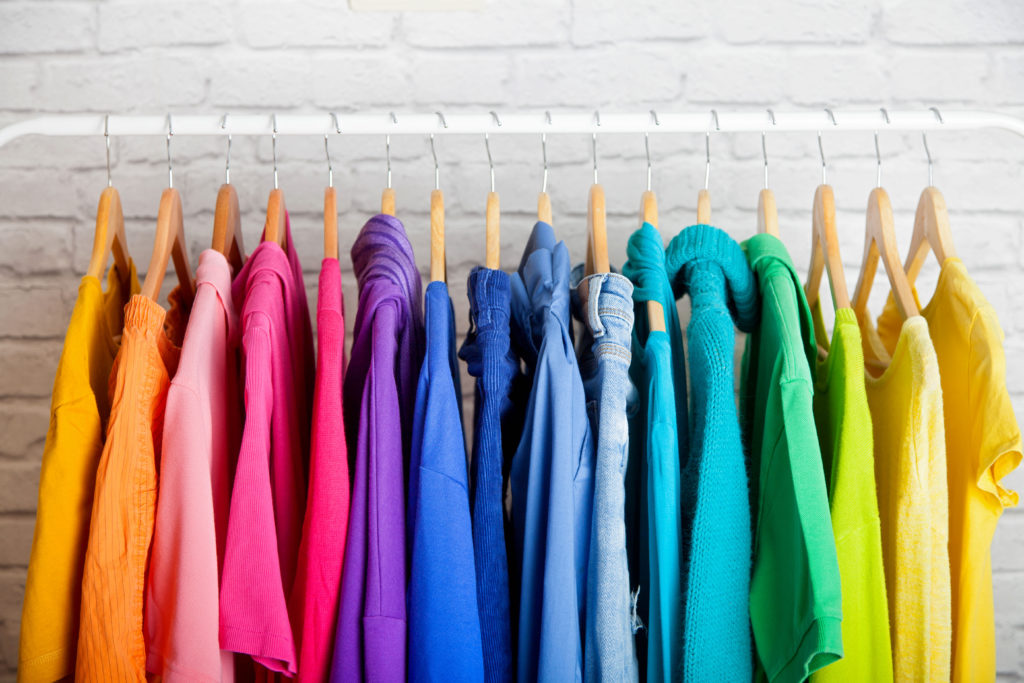
Many people think that fashion buyers simply travel the world selecting products from designer clothing ranges to go into their stores or sell online. Well, that’s a tiny aspect of fashion buying, reserved for upmarket boutiques. The majority of fashion buyers work for mass market retailers and what many people don’t realise is the breadth of responsibilities the buyer has. Some may surprise you!
- Monitoring economic conditions:
It is not only fashion and colour trends that the buyer needs to be aware of but also macro trends around customer spending, including economic forecasts. Why? Well, the buyer along with the planner is responsible for the profitability of their department and outside factors impact upon sales. Changes in tax or consumer sentiment may positively or negatively affect how much people spend. At the start of each seasonal cycle, the buyer and planner decide on their sales budget for the season. Overestimating this, means they will be left with too much stock that they will have to heavily discount, eroding profitability. Underestimating sales, means that there will be too little stock, opportunities will be lost and customers disappointed.
- Analysing the competition:
Perhaps less surprising is the fact that the buyer needs to understand who their competitors are. Not only who they are, but also how their target customers align or differ as well as what each competitor does better than them and where they excel over their competition.
- Organising promotional campaigns:
This includes selecting which products in the range will be promoted, how much discount will be offered, negotiating any promotional support from suppliers and most importantly, the buyer is responsible for the wording of the promotion and that the promotion complies with the current law. In fact, so important is this, that some retailers put the onus on the buyer so that if a promotion is not compliant, it is the buyer who takes full responsibility and that could include a hefty fine. In fact, the buyer can literally be putting his or her house on the line when they sign off a promotion.
- Sourcing and assessing suppliers:
Many larger retailers may employ entire sourcing teams, but smaller retailers may not have the wherewithal to do this and so it is ultimately the buyer’s responsibility to decide on a sourcing strategy. This includes ensuring that suppliers’ factories are compliant with global initiatives on child labour and modern slavery; can supply to the required quality standards; are reliable and cost effective.
- Implementing technological advancement:
Part of being aware of technological advancements is so you can be first to market with new innovative products. The lingerie buyer may want to launch a new type of bra for women who have had a mastectomy, the sportswear buyer a new type of fabric for running leggings or the kidswear buyer a stain resistant fabric coating for use on kids clothing. This is all part of offering your customer the best products that service their needs.

Recent Comments